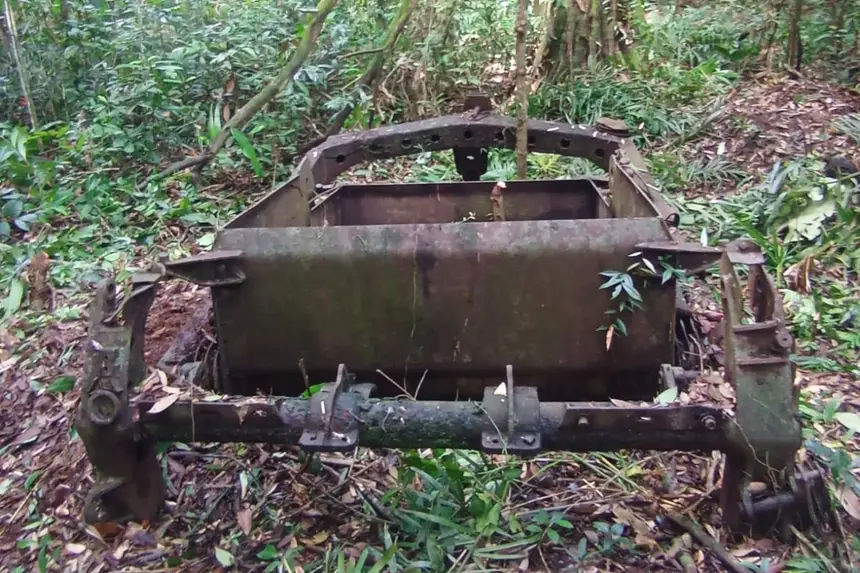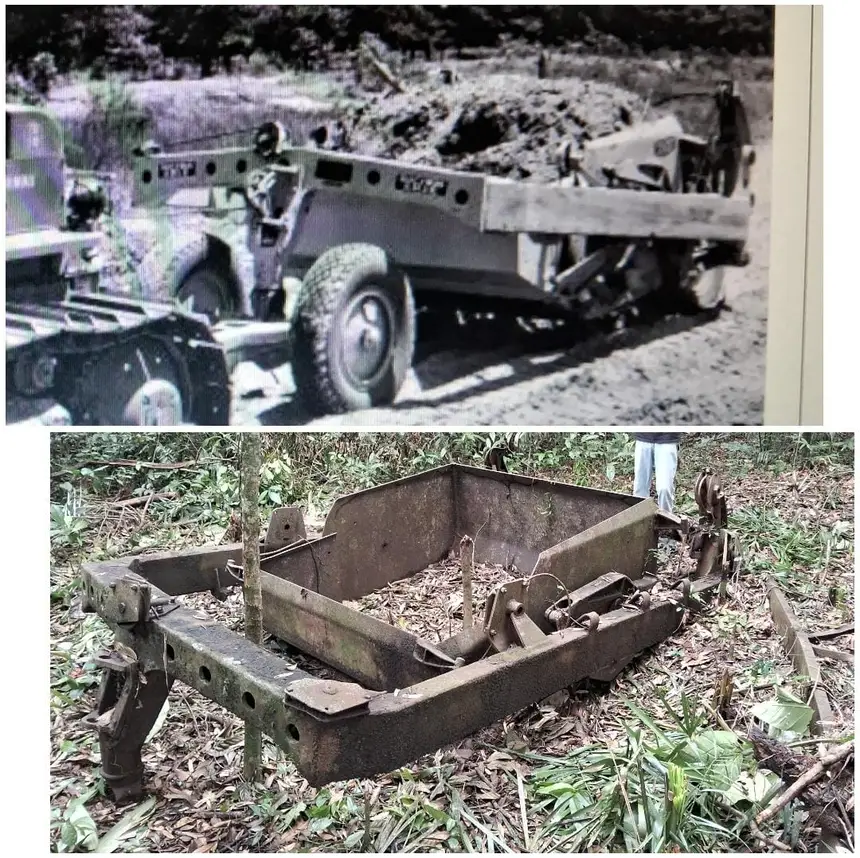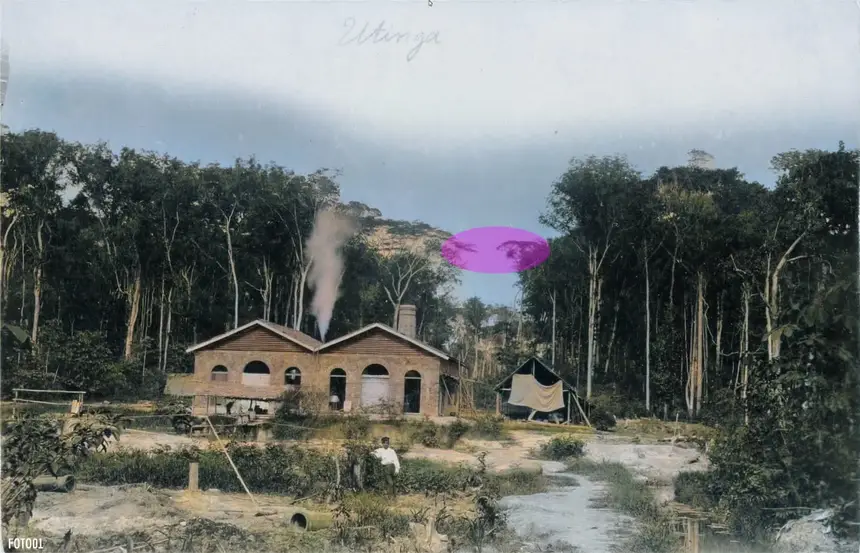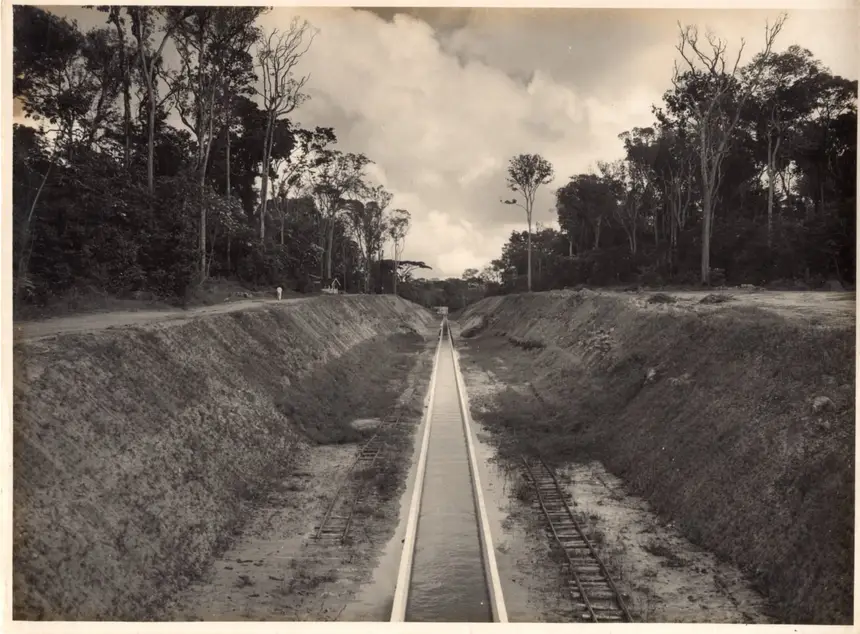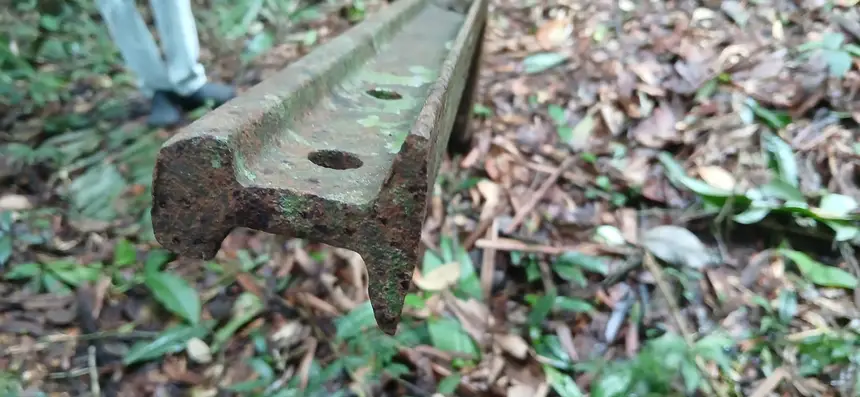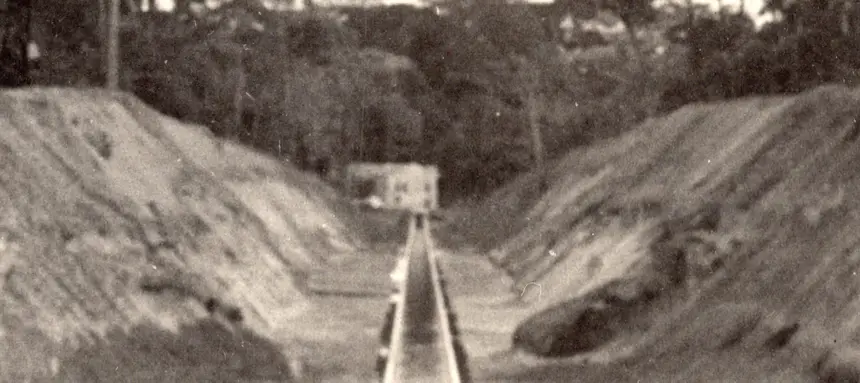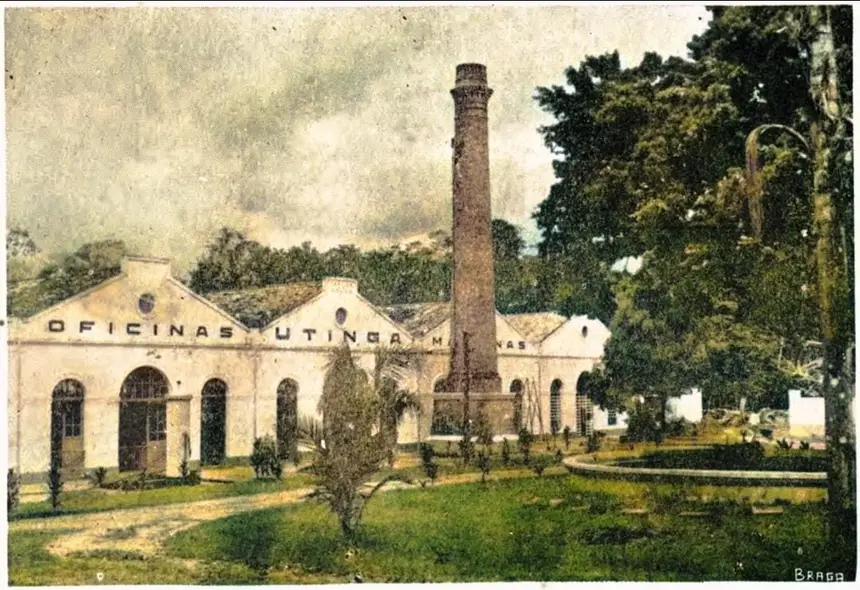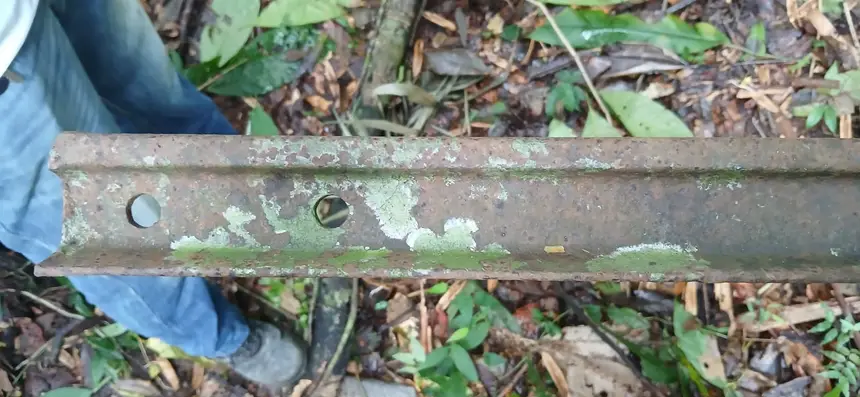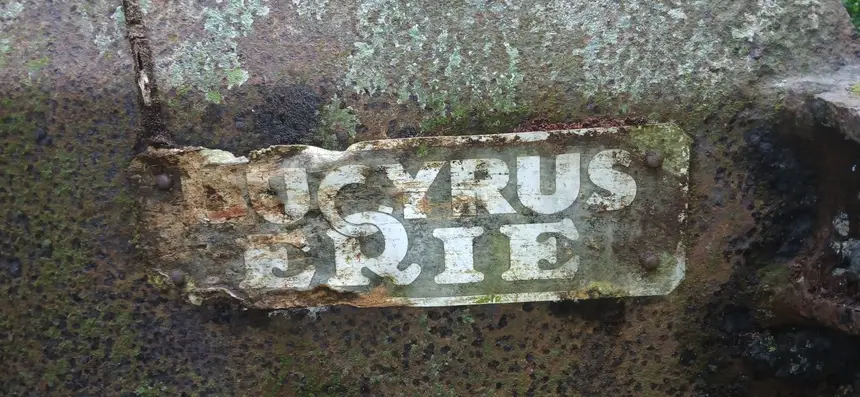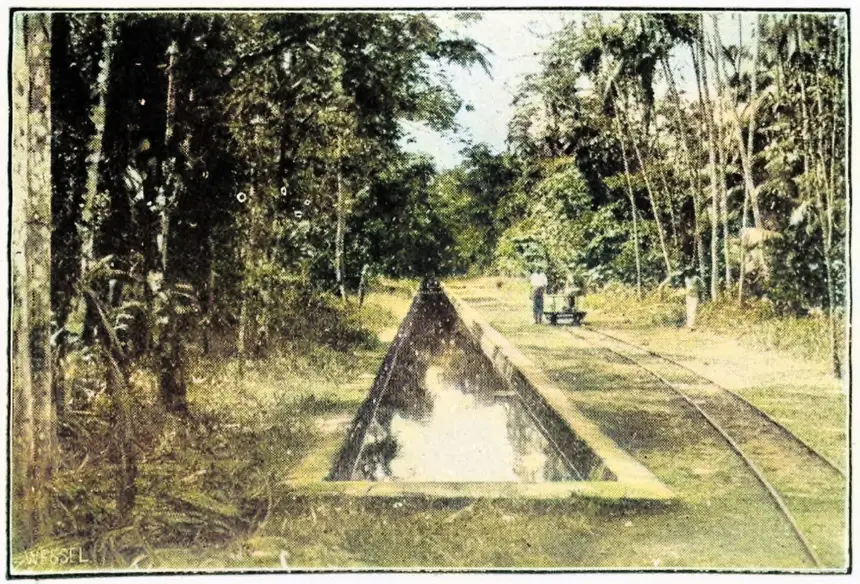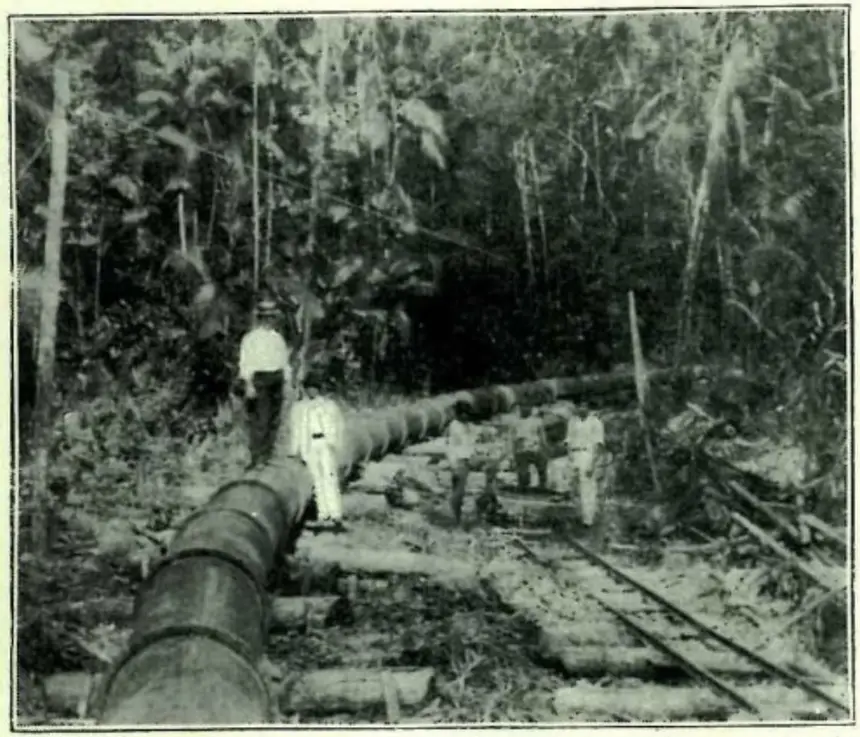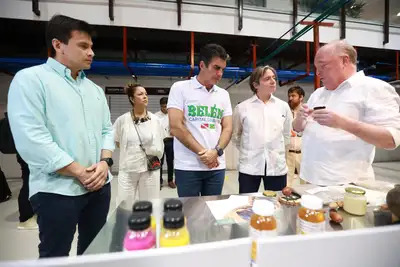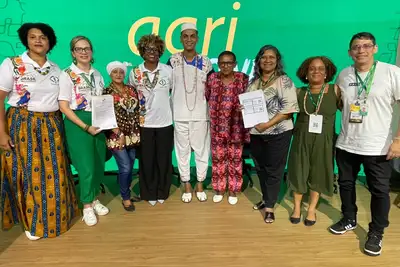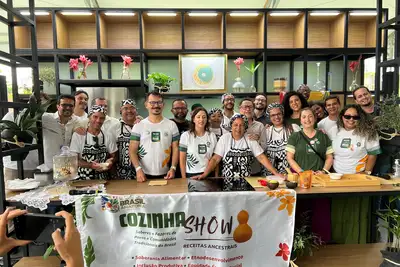Utinga State Park Reveals a Hidden Chapter of the Amazon's Railway History
Remnants of old railway tracks are discovered, revealing a little-known chapter of Pará's modernization in the early 20th century
Among century-old trees and the silence preserved by the Utinga Camillo Vianna State Park in Belém, a recent discovery has brought to light not only pieces of iron but a lost link in Amazonian history. Remnants of old railway tracks, buried under decades of vegetation and mud, were located by researchers and urban explorers, revealing a little-known chapter of Pará's modernization in the early 20th century.
The structure found corresponds to the Decauville system, a French technology of mobile, lightweight tracks adaptable to unstable terrains. In Pará, its installation was directly linked to the Água Preta Canal, a project by engineer Francisco Bolonha, which fed the reservoirs responsible for supplying the capital. More in-depth studies will determine the utility of the tracks at the time, but the initial hypothesis is that they were used for transporting construction materials and maintaining this vital structure for Belém.
The presence of these railways had already been mentioned in historical documents and even in a book published in Berlin in 1929, The Adventure of Pola Brückner (Pola Bauer-Adamara) in Utinga. In the work, a traveler narrates the experience of inadvertently descending in a small wagon along the camouflaged tracks in the forest, describing with astonishment the speed and bumps of the adventure. The same route now reappears in the heart of Utinga, validating almost forgotten accounts.
Rediscovery - The environmental manager of the Pará Institute of Forest Development and Biodiversity (Ideflor-Bio), Diego Barros, was a key player in the rediscovery. The interest arose when he was supporting the filming of a documentary about a German researcher who traveled through the Amazon in the 1950s. “The spark came when I read her accounts of tracks in Utinga. Combining this material with my knowledge of the Park and old maps, I began to search for remnants. It was a long process, over a year, until we located the first fragments and then entire sections in surprisingly good condition,” he explained.
There were three significant moments: an initial inconclusive find, a second fragment with hardware from the American company Byton — a supplier of equipment at the time — and finally, the most emblematic discovery. Thanks to historical photos from the collection of Pará engineer Paulo Augusto Gadelha Alves, kindly provided by his daughter, it was possible to identify the exact location of submerged tracks. They remain intact to this day, officially confirming the narrative of the time.
The research involved not only technicians from Ideflor-Bio but also Haroldo Baleixe and Fernando Marques, editors of the Virtual Laboratory of the Faculty of Architecture and Urbanism of UFPA (FAU-UFPA). The work united different fields — from archaeology to psychology, from architecture to history — reinforcing the multidisciplinary richness of this investigation.
Rescue of Memory - In addition to its scientific value, the discovery raises debates about urban memory and historical heritage. For Barros, the tracks “are not just pieces of oxidized iron, but marks of a time when the Amazon was experiencing innovations and facing unprecedented logistical challenges, incorporating global technologies in the heart of the tropical forest,” he emphasized.
It is worth remembering that the Utinga State Park, which was born with the mission of protecting the water sources that supply the Metropolitan Region of Belém, now also guards a cultural and technological heritage. The tracks, once invisible, reinforce the identity of the space as a guardian of history and biodiversity.
As summarized by the president of Ideflor-Bio, Nilson Pinto. “With every step taken in Utinga, we find new ways to understand our relationship with the forest and the city. The discovery of these tracks shows that the Park is also a guardian of memory. It is up to us to preserve this legacy so that future generations can know and take pride in the history that traverses the Amazon,” he stressed.
The Administrative Management of Belém (GRB) of Ideflor-Bio is already evaluating ways to preserve and signal the findings, envisioning the creation of a historical circuit within the Utinga State Park. The idea is to integrate ecotourism, environmental education, and appreciation of the past, transforming the conservation unit into a space of multiple discoveries: living nature and rescued memory.


